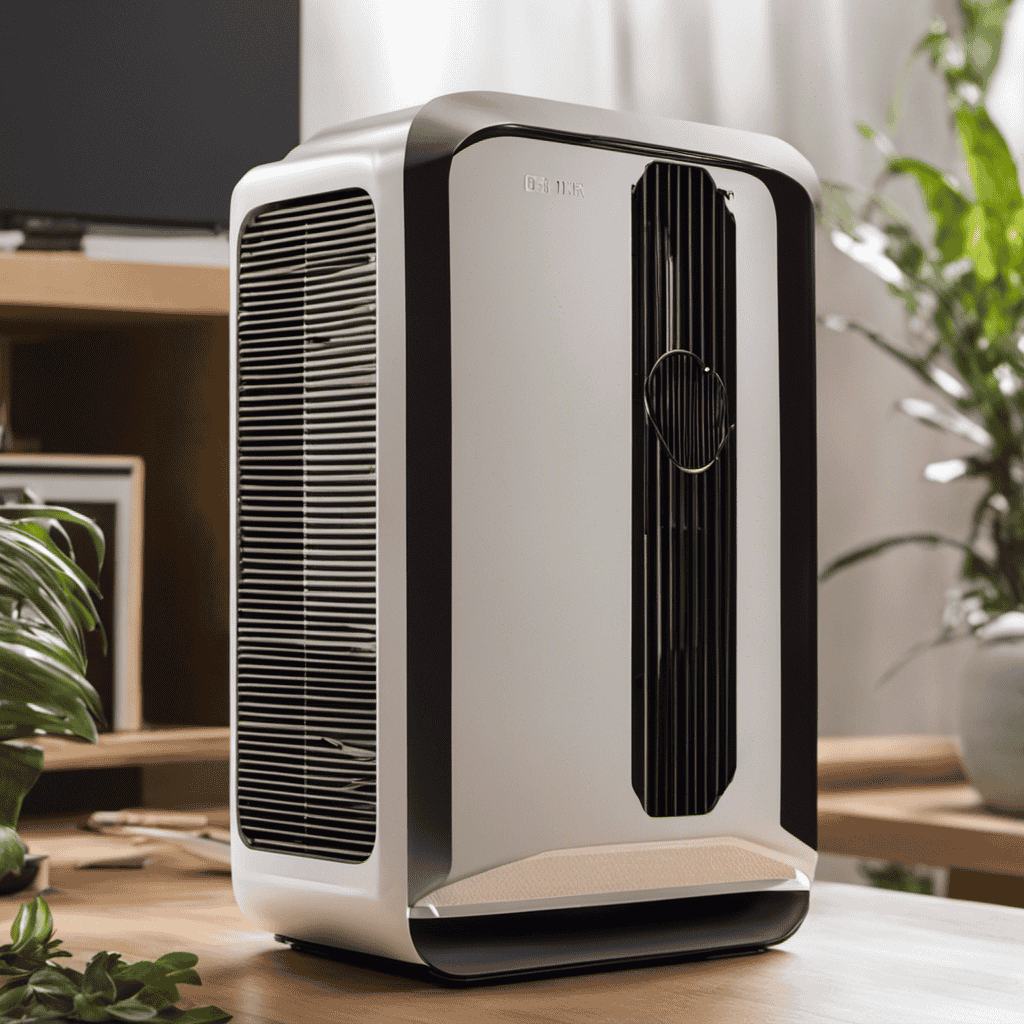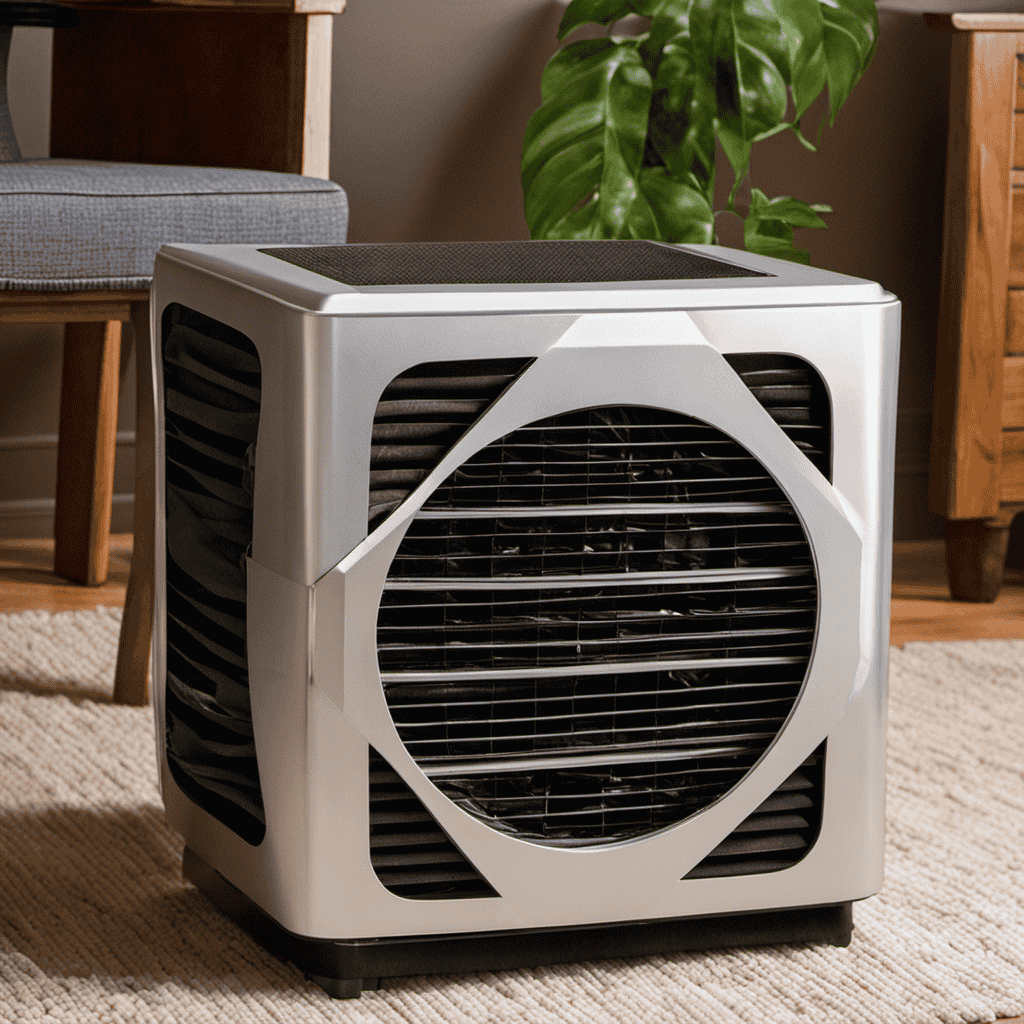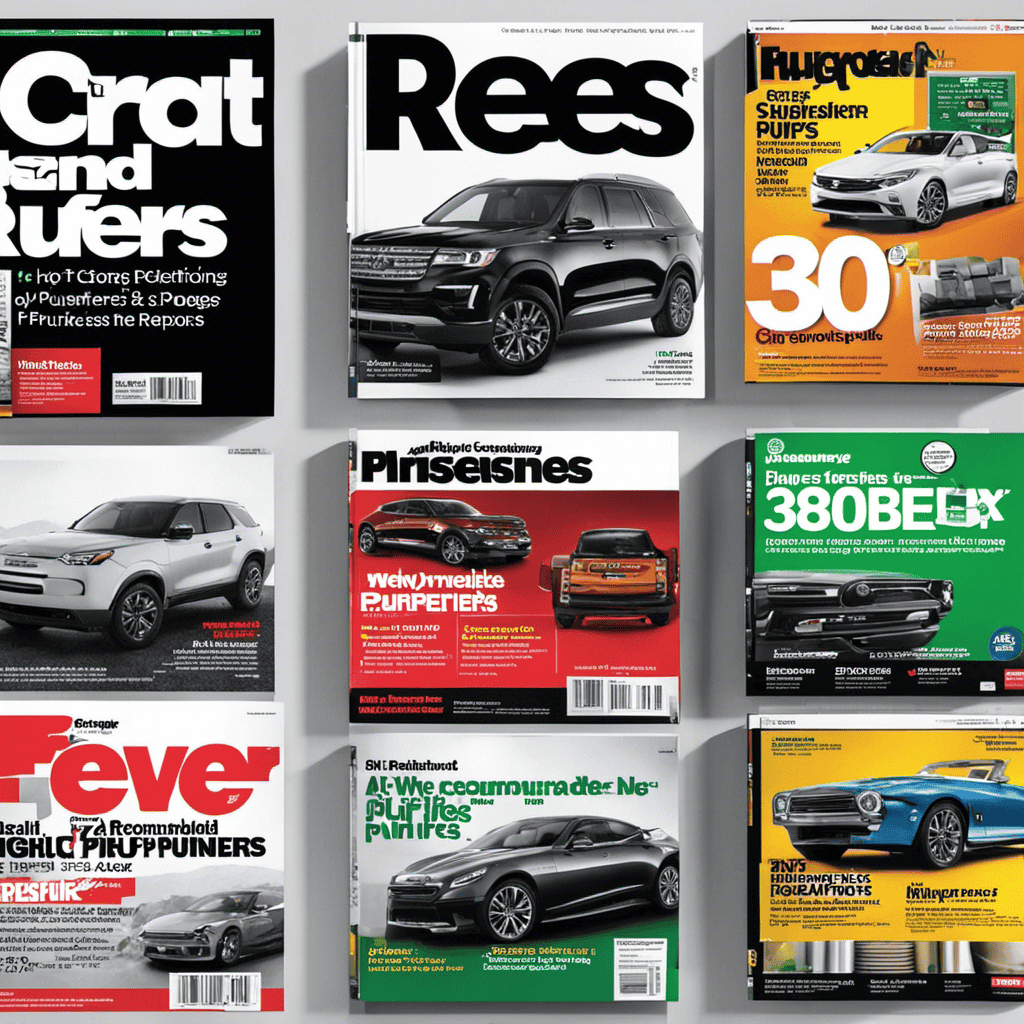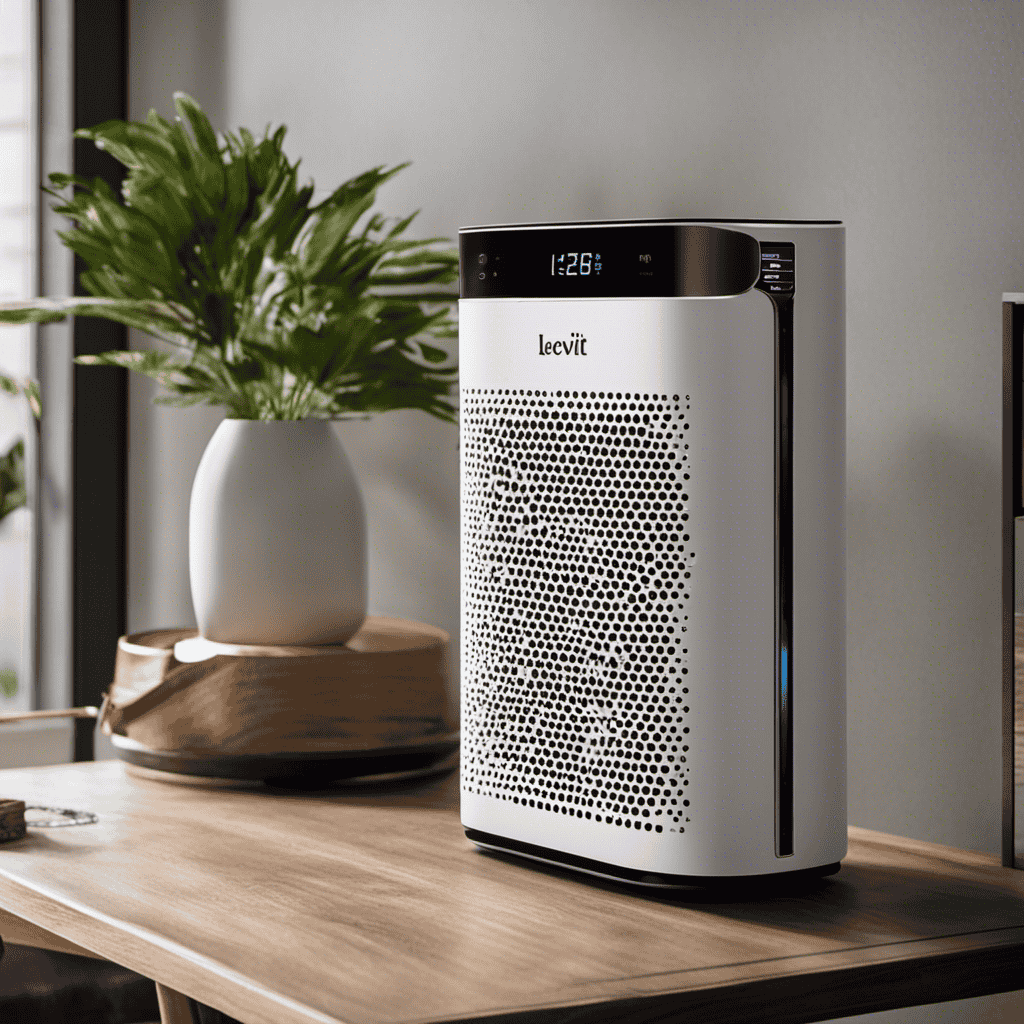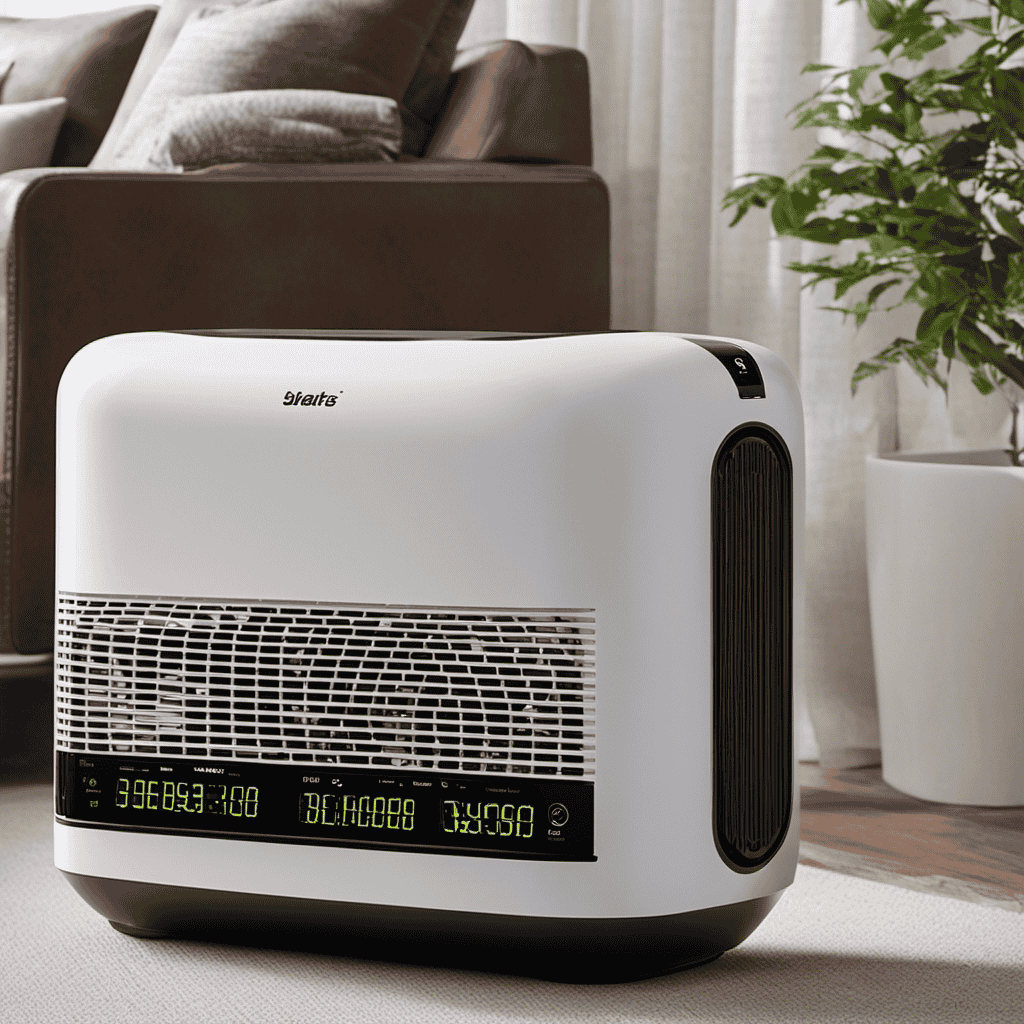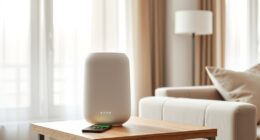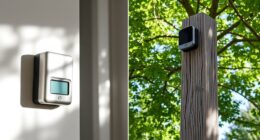Searching for an affordable solution to enhance the air quality inside your house? Search no more!
In this article, I’ll show you how to make your own air purifier using simple materials and tools. With a little bit of DIY magic, you can create a device that filters out pollutants and allergens, leaving you with cleaner and fresher air to breathe.
So, let’s dive into the world of air purification and get started on building your very own homemade air purifier!
Key Takeaways
- Air purification systems improve indoor air quality by removing harmful particles and pollutants.
- Different filters like HEPA, activated carbon, and UV filters can effectively remove allergens, dust, smoke, pet dander, bacteria, and viruses.
- Choosing the right filter for your DIY air purifier depends on the level of filtration needed and specific pollutants.
- Gathering the necessary materials and tools, such as HEPA filters, activated carbon filters, fans, plywood, and electrical wires, is essential for successful assembly and maintenance of your DIY air purifier.
Understanding the Basics of Air Purification
To understand the basics of air purification, you’ll need to know how different filters work and what contaminants they can remove.
Air purification systems are designed to improve indoor air quality by removing harmful particles and pollutants. One common misconception about air quality is that it is only a concern outdoors. However, indoor air can be more polluted than outdoor air due to various factors such as poor ventilation, pet dander, and volatile organic compounds (VOCs) from cleaning products.
Understanding the benefits of air purification is essential for creating a healthy living environment. Different filters such as HEPA (High-Efficiency Particulate Air) filters, activated carbon filters, and UV filters can effectively remove allergens, dust, smoke, pet dander, bacteria, and viruses from the air. By using air purifiers with these filters, you can significantly improve the air quality in your home or office.
Choosing the Right Filter for Your DIY Air Purifier
When choosing the right filter for your DIY air purifier, it’s important to consider the level of filtration needed for your specific needs. There are different types of filters available, each with its own unique features and benefits.
One cost-effective option is the High Efficiency Particulate Air (HEPA) filter, which can effectively remove particles as small as 0.3 microns, including dust, pollen, and pet dander.
Another option is the activated carbon filter, which is effective in removing odors, chemicals, and volatile organic compounds (VOCs) from the air.
Additionally, electrostatic filters can capture airborne particles by using an electric charge.
It’s important to choose a filter that suits your needs and fits your budget. Consider the size of your space and the specific pollutants you want to remove.
Gathering the Materials and Tools You’ll Need
When it comes to creating your own DIY air purifier, having the necessary equipment and supplies is crucial. From filters to fans, each component plays a vital role in ensuring the effectiveness of your homemade device.
Understanding the DIY air purifier essentials and having the right tools for successful assembly will help you create a high-quality air purifier that can improve the air quality in your home.
Necessary Equipment and Supplies
First, gather the necessary equipment and supplies to make your own air purifier. To ensure proper functioning and maintenance of your homemade air purifier, it’s important to have the right tools and materials. Here is a list of what you’ll need:
| Equipment | Supplies | Additional Tools |
|---|---|---|
| HEPA filter | Fan | Screwdriver |
| Activated carbon filter | Plywood | Wire cutters |
| Pre-filter | Silicone sealant | Pliers |
| Duct tape | Electrical wires | Drill |
These essential items will allow you to troubleshoot any issues you may encounter and perform regular maintenance on your DIY air purifier. Remember to clean or replace the filters regularly to ensure optimal performance and clean air in your space. With the right equipment and supplies, you can enjoy the benefits of a homemade air purifier while keeping your indoor air quality in check.
DIY Air Purifier Essentials
To ensure optimal performance and clean air in your space, it’s crucial to gather the necessary equipment and supplies for a DIY air purifier. Creating your own air purifier can be cost-effective and offer several benefits. Here are some essentials you’ll need:
-
HEPA filter: This high-efficiency particulate air filter captures tiny particles like dust, pollen, and pet dander, improving the air quality.
-
Fan: A fan helps to circulate the air through the filter, ensuring that all the impurities are trapped.
-
Activated carbon filter: This filter absorbs odors, chemicals, and volatile organic compounds (VOCs) present in the air.
-
Housing: You’ll need a sturdy housing to hold all the components securely and ensure proper functioning.
Tools for Successful Assembly
You’ll need a few tools to successfully assemble your DIY air purifier. First and foremost, you’ll need a high-efficiency particulate air (HEPA) filter. This filter is essential for capturing microscopic particles such as dust, pollen, and pet dander.
Additionally, you’ll need a fan to circulate the air through the filter. A small, quiet fan with adjustable speed settings is ideal for this purpose.
To secure the filter and fan together, you’ll need a sturdy frame made of materials like wood or plastic.
Lastly, a power source such as a standard electrical outlet or a USB port will be required to power the fan.
By ensuring you have these essential tools, you can create an effective DIY air purifier to improve the air quality in your home.
If you encounter any issues during the assembly process or notice a decrease in the air purifier’s performance, troubleshooting techniques are available.
Some alternative air purification methods include activated charcoal filters, ionizers, and UV germicidal lamps.
Step-by-Step Assembly of Your Homemade Air Purifier
In order to successfully assemble your homemade air purifier, there are a few key materials and tools that you will need. First and foremost, you will need a high-efficiency particulate air (HEPA) filter, which is the main component responsible for trapping and removing airborne particles. Additionally, you will need a fan to help circulate the air through the filter, as well as a power source to operate the fan.
When it comes to assembling your air purifier, it is important to follow the instructions carefully to ensure its effectiveness. Start by attaching the fan to the HEPA filter, making sure it is securely fastened. Then, connect the power source to the fan and test the device to ensure everything is working properly.
Required Materials and Tools
The materials and tools needed for making your own air purifier include a fan, a HEPA filter, and a power adapter. These components are essential for creating a highly efficient and effective air purifying system.
Understanding air pollutants and the benefits of homemade air purifiers is crucial in realizing the importance of clean and healthy air in our living spaces. With a homemade air purifier, you can have control over the purification process and ensure that the air you breathe is free from harmful particles.
Here are the key benefits of homemade air purifiers:
- Cost-effective: Making your own air purifier is a more affordable option compared to purchasing a commercial one.
- Customizable: You can tailor the design and features of your homemade air purifier to match your specific needs.
- Eco-friendly: By reusing materials and reducing waste, homemade air purifiers contribute to a sustainable environment.
- Improved air quality: Homemade air purifiers effectively remove pollutants such as dust, pollen, pet dander, and mold spores, providing cleaner and fresher air for you and your family.
Assembly Instructions and Tips
To start assembling, gather all the necessary materials and tools in one place. It’s essential to have a clear workspace and a detailed understanding of the assembly techniques involved in building an air purifier.
Begin by carefully reading the instruction manual and familiarizing yourself with the different components. Follow the step-by-step instructions, making sure to connect each part securely.
One common issue during assembly is the improper alignment of the filters or the fan, which can affect the overall performance. To troubleshoot this issue, double-check the alignment and ensure that all connections are tight.
Additionally, pay attention to any potential leaks or loose fittings that may compromise the air purifier’s efficiency.
Once you have completed the assembly, you can move on to testing and adjusting the air purifier for optimal performance.
Testing and Adjusting the Air Purifier for Optimal Performance
After assembling your air purifier, you’ll need to test and adjust it for optimal performance. To ensure that your DIY air purifier is working effectively, follow these steps:
- Check the fan speed settings: Adjust the fan speed to find the right balance between noise level and air purification efficiency.
- Monitor the filter: Keep an eye on the filter and replace it regularly to maintain optimum performance.
- Measure the air quality: Use an air quality monitor to assess the air pollution levels in your home before and after using the purifier.
- Adjust placement: Experiment with different locations in your home to find the spot where the air purifier works best.
By fine-tuning these settings and conducting performance tests, you can maximize the effectiveness of your homemade air purifier.
Once you have achieved optimal performance, it’s important to know how to maintain and clean your DIY air purifier.
Maintaining and Cleaning Your DIY Air Purifier
For optimal performance, it’s important to regularly clean and maintain your DIY air purifier. Cleaning techniques for your air purifier will depend on the specific design and components of your DIY system. However, there are some common practices that can help keep your air purifier running smoothly.
First, make sure to regularly clean or replace the filters. This is crucial for removing dust, pollen, and other particles from the air. Additionally, clean the fan blades and vents to prevent buildup and ensure proper airflow.
Troubleshooting common issues with your DIY air purifier may involve checking for loose connections, replacing worn-out parts, or adjusting the settings for optimal performance.
By maintaining and cleaning your DIY air purifier, you can ensure that it continues to effectively remove pollutants from your indoor air.
Now, let’s explore some tips and tricks for enhancing air quality in your home.
Tips and Tricks for Enhancing Air Quality in Your Home
One way to improve the air quality in your home is by regularly changing your HVAC filters. This simple maintenance task helps remove dust, allergens, and other pollutants from the air, promoting a healthier living environment.
In addition to filter changes, there are natural air purifying methods that can further enhance the air quality in your home. Consider incorporating the following into your routine:
- Open windows and let fresh air circulate.
- Use houseplants, such as peace lilies and snake plants, which naturally purify the air.
- Clean your home regularly to reduce dust and allergen buildup.
- Avoid using chemical-laden cleaning products and opt for natural alternatives.
Frequently Asked Questions
Can I Use My Homemade Air Purifier in a Large Room?
Yes, you can use your homemade air purifier in a large room. It is important to consider the large room capacity and ensure that the purifier is effective in open spaces.
How Long Does the Filter of a DIY Air Purifier Last?
The filter of a DIY air purifier typically lasts around 3 to 6 months, depending on usage and air quality. To clean the filter, you will need a vacuum cleaner and a brush.
Can I Use Essential Oils With My DIY Air Purifier?
Using essential oils for aromatherapy with my homemade air purifier has pros and cons. While it can add a pleasant scent to the air, it may also clog the filter faster and reduce its effectiveness in capturing pollutants.
Is It Safe to Leave My Homemade Air Purifier Running All Night?
Yes, it’s generally safe to leave your homemade air purifier running all night. However, regular air purifier maintenance is crucial to ensure optimal performance and reap the benefits of homemade air purifiers.
Can I Customize the Design of My DIY Air Purifier to Match My Home Decor?
Yes, you can customize the design of your DIY air purifier to match your home decor. There are various customization options available, including color options, allowing you to create a purifier that complements your personal style.
Can I Use the Coway Mighty Air Purifier to Make My Own Air Purifier at Home?
Yes, you can buy Coway Mighty Air Purifier and use it to make your own air purifier at home. The Coway Mighty Air Purifier is a top-rated option for enhancing the air quality in your living space. Its powerful filtration system can help keep your home’s air clean and free of pollutants.
Conclusion
In conclusion, making your own air purifier can be a rewarding and cost-effective way to improve the air quality in your home. By following the steps outlined in this article, you can create a device that effectively filters out pollutants and allergens from the air.
Did you know that indoor air can be up to five times more polluted than outdoor air? This shocking statistic highlights the importance of taking proactive measures to ensure the air we breathe is clean and healthy.
So why not give it a try and start breathing cleaner air today?
